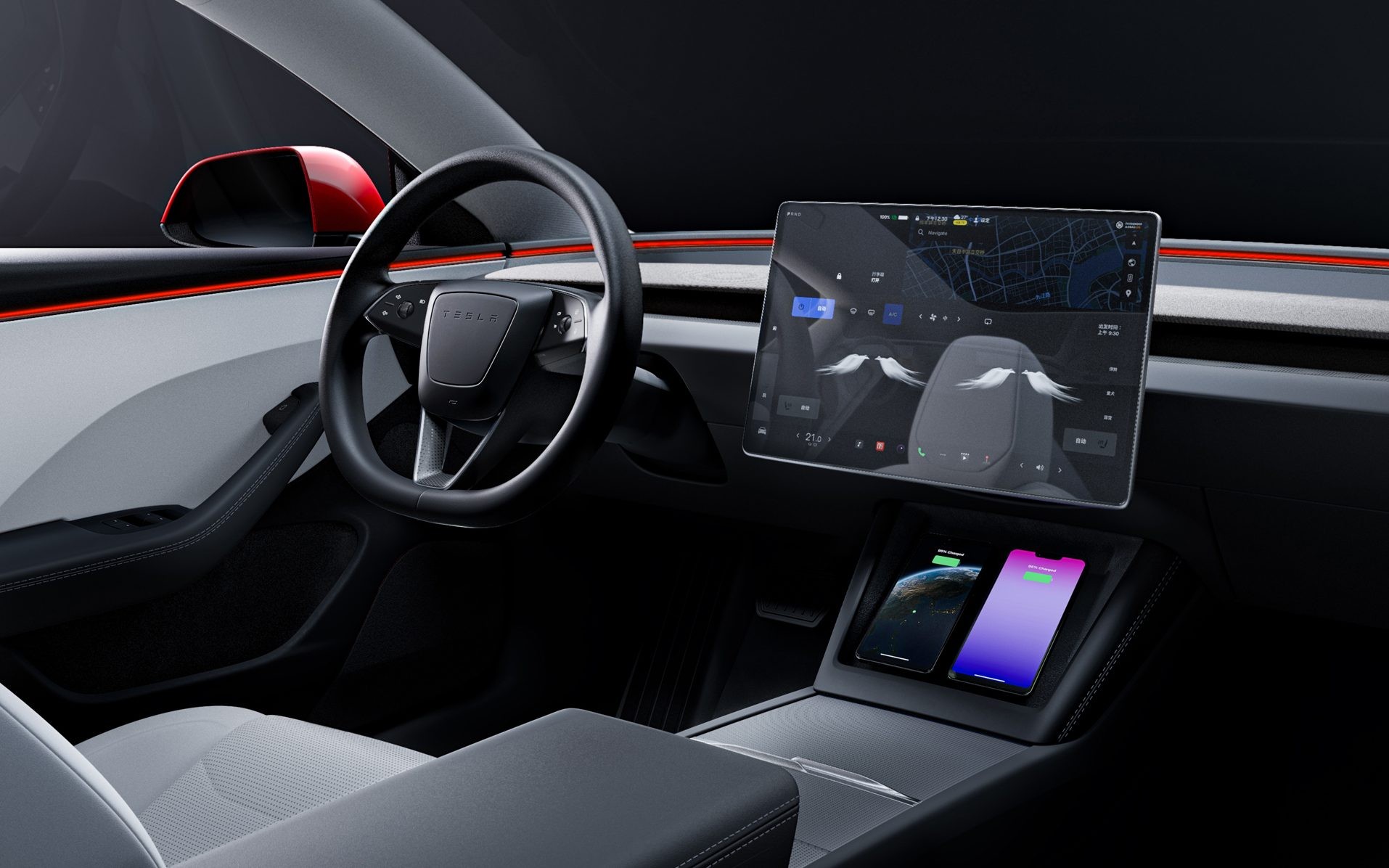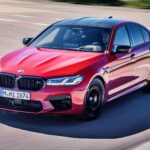The electric vehicle (EV) market is rapidly evolving, and the Tesla Model 3 has been a significant disruptor. When a friend recently asked for advice on a new company car with a decent budget, initially considering family SUVs and dismissing EVs due to range concerns, it highlighted a common misconception. Many still underestimate the capabilities of modern electric cars, with numerous models now offering over 300 miles on a single charge and rapid charging capabilities that can add significant range in about 30 minutes.
While suggesting a few EV options, the Tesla Model Y, despite its merits, came with a caveat. There’s a perception, perhaps unfair, that owning a Tesla might signal a lack of traditional car enthusiasm or driving expertise. This isn’t to diminish Tesla’s extraordinary achievements. They’ve undeniably transformed the automotive landscape, emerging as a tech-centric disruptor rather than just another car manufacturer. This perception often means Tesla attracts a customer base that prioritizes technology, sometimes over traditional automotive values.
The updated Tesla Model 3 is generating considerable buzz, further pushing the boundaries of conventional car design. The previous Model 3 was known for its minimalist interior, lacking a traditional instrument cluster and centralizing all information on a single screen. However, it retained an indicator stalk. The new model takes minimalism a step further, eliminating the stalk and integrating turn signals – or “turn signals,” as our American counterparts say – as buttons directly on the steering wheel.
This steering wheel button integration isn’t entirely new; Ferrari has utilized similar systems for years. However, Tesla hasn’t addressed a key ergonomic challenge: indicating at roundabouts or during tight turns. When turning right and needing to signal left for your exit, the crossed-up steering wheel makes accessing the indicator buttons unnecessarily cumbersome. This design choice might inadvertently contribute to the stereotype of Tesla drivers and indicator usage.
Wiper controls are also integrated into the steering wheel, via a single button. A quick press activates a single wipe, a long press triggers the screen wash, and a menu on the central touchscreen (which retains its size but now features a slimmer bezel) allows for wiper speed adjustments. While manual adjustment is available, the automatic wipers in the test car proved to be overly sensitive, prompting a preference for manual control via the touchscreen menus. This raises questions about the intuitiveness of burying essential functions within touchscreen interfaces. Adjusting mirrors also requires navigating through the touchscreen, adding another layer of digital mediation to basic car functions.
Despite these criticisms, the absence of a traditional instrument binnacle wasn’t a major drawback. Speed visibility remained adequate in peripheral vision. However, the absence of a head-up display in a vehicle positioned as premium is a curious omission. A head-up display, even as an option, would streamline driver information access and enhance the driving experience.
Another point of contention is the lack of Android Auto and Apple CarPlay support. While Bluetooth connectivity for calls and native apps for services like Spotify, Apple Music, and Tidal are available, Tesla prioritizes its in-built media and navigation systems. Workarounds exist within owner forums, but they aren’t seamless solutions. Furthermore, the Model 3 emits a horn sound upon locking and unlocking, which feels somewhat unrefined for a “premium” vehicle. This contrasts sharply with the inclusion of the “Emissions” app, which features various playful sound effects, including fart noises, even extendable to turn signal sounds – a feature amusing to some, perhaps less so to others.
The “Autopilot” driver-assistance system, even in its basic iteration (without “Full Self-Driving”), proved to be less than ideal. While capable of lane keeping and maintaining distance, it struggled with lane changes for overtaking, often disengaging when a gap was detected and indicated, ultimately leading to its disuse during the test drive.
Despite these criticisms, the Model 3 isn’t without its strengths. The updated version boasts significant improvements over its predecessor. The styling is notably more refined. The front fascia, previously described as “stubby beetle-like,” has been streamlined with cleaner lines, slimmer headlights, and a more cohesive design. The rear lights are now integrated into the boot lid, contributing to a more sophisticated aesthetic overall.
A practical improvement addresses a previous design flaw: water ingress into the boot after opening the hatch in the rain. A newly designed gully now channels water away from the boot opening, demonstrating Tesla’s ongoing evolution as a car manufacturer, addressing oversights that might be expected from a younger company.
While the wheels might appear slightly undersized, the deeper tires likely contribute positively to ride quality. Aerodynamic enhancements result in the Model 3 achieving Tesla’s lowest drag coefficient yet (0.219Cd), improving efficiency and range.
Performance is offered in two compelling variants: quick and very quick. The rear-wheel-drive Model 3 accelerates from 0-60mph in 5.8 seconds, a benchmark comparable to mid-1990s BMW M3s. The dual-motor Long Range version significantly reduces this to 4.2 seconds, matching Porsche 911 Carrera 4 territory. A future Performance variant with sub-4-second 0-60mph acceleration is highly anticipated.
Beyond outright speed, the Model 3 excels in ride quality and handling. The suspension is well-tuned, providing comfort during cruising while maintaining body control in corners thanks to firm dampers. The steering is nicely weighted, contributing to a sporty and engaging, yet not intimidating, driving experience. Road noise is generally low, reportedly improved by up to 30% compared to the previous model, although wheel arch noise can still be noticeable in wet conditions.
Tesla’s extensive Supercharger network, boasting over 12,000 locations across Europe, is a significant advantage. The Model 3 can gain up to 172 miles of range in as little as 15 minutes at these chargers, with potential future upgrades promising even faster charging speeds.
Range figures are also impressive, with the entry-level rear-wheel-drive Model 3 achieving an official range of 318 miles, and the tested all-wheel-drive Long Range model boasting a remarkable 390 miles. While the Long Range variant comes at a premium (£49,990, £10,000 more than base), range accuracy proves reliable, heavily dependent on driving style and environmental factors. The car’s data menus effectively predict remaining range. A test drive indicated a realistic range prediction and excellent efficiency, achieving over 5 miles per kWh in certain conditions, which is exceptional for a vehicle of this size.
Competitors are emerging with comparable range and pricing. The Polestar 4, due later in the year, closely matches the Model 3 Long Range in these aspects. Chinese manufacturers are also becoming significant players. The BYD Seal, for instance, starts at a competitive price and offers a substantial range. However, Tesla’s pricing strategy is dynamic, with price adjustments occurring frequently to compete with the influx of more affordable Chinese EVs. This can lead to price fluctuations that may impact buyer satisfaction and resale values. The competitive landscape suggests potential price wars, particularly with Chinese manufacturers benefiting from significant domestic subsidies.
Despite infotainment system quirks, it generally functions effectively, being responsive and logically organized. Tesla’s in-car entertainment, including games accessible via the steering wheel and pedals, and apps like sketchpad and Tracks for music creation, are popular features, particularly for families.
Rear passengers benefit from a new screen for entertainment and climate control, supporting streaming services and Bluetooth headphone connectivity. Additional positives include a responsive mobile app, a minimalist cabin with customizable elements, and a conveniently angled phone holder with wireless charging. Comfortable seats, a good driving position, a spacious boot with extra storage, heated rear seats, and ample USB-C ports further enhance practicality. However, rear seat positioning might be low for taller passengers.
In conclusion, the updated Model 3 represents a significant improvement, building upon an already strong foundation. While certain design choices and infotainment limitations might not appeal to everyone, particularly traditional car enthusiasts, the Model 3’s strengths in performance, range, charging infrastructure, and technology are undeniable. For those deeply invested in the Tesla ecosystem, the Model 3 remains a compelling option. However, competitors like the BMW i4, Polestar 2, and Kia EV6 offer strong alternatives that may better suit different preferences.
As for my friend seeking car advice? He has scheduled a test drive for the Kia EV9, indicating that the expanding EV market offers diverse and compelling choices beyond Tesla’s offerings.

